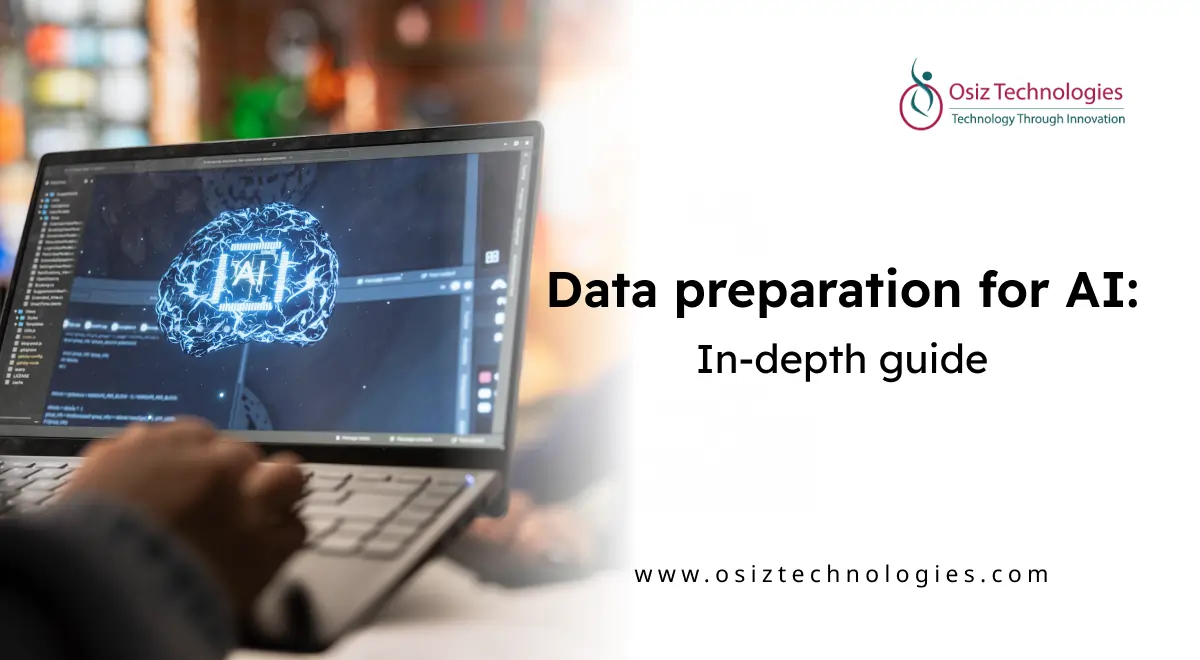Traditional property valuation methods cannot keep up with today's fast-moving real estate market; speed and accuracy are very much in high demand. That is where Automated Valuation Models come in. These innovative tools apply data and sophisticated algorithms to produce property valuations in a fraction of the time it would take with manual appraisals. Due to the fact that the industry is constantly developing, AVMs are becoming a very integral part of the real estate industry and a new frontier in terms of accuracy and reliability regarding property valuation.
Automated Valuation Model
AVM is a technologically-based advanced model used in the rapid, efficient estimation of house values. Unlike the traditional type of appraisals, where competence and judgment depend on a human appraiser, AVM uses elaborate algorithms and statistical models to support the determination of the house values. The broad data gathered includes property characteristics, recent sales information, and market trends. To this information, the AVM applies complex algorithms in order to produce an estimate of value. This is how AVMs can provide valuations faster and usually at lower costs compared to other methods.
At Osiz, we are at the forefront of changing how property valuations are done with state-of-the-art AVM solutions. Our expertise ensures these models are not only accurate but also targeted to meet peculiar needs within the real estate market. By leveraging advanced technologies and data analytics, we maximize efficiency and reliability in property valuations, thereby offering all participants in the market the ability to make fully informed decisions in today's fast-moving real estate environment.
Types of Automated Valuation Models for Real estate
AVMs are multifarious, each targeted at various aspects of the valuation of a property. Some of the common types of AVMs in real estate involve: We, Osiz plays a crucial role in the development and implementation of these advanced solutions.
CMA Models: A comparative market analysis is a system that the appraisal professional uses to determine property value by comparing a subject property to similar properties, called comps, that have recently sold within proximity. These models focus on recent sales data, property characteristics, and local market trends, which make them perfect for quick, comparative estimates that are in such high demand by real estate agents.
Hedonic Pricing Models: By applying property values based on various characteristics, such as size, location, age, and amenities, this method looks at market data through the statistical analysis of how those characteristics relate to value. Hedonic models provide very specific property valuations and market analyses.
Repeat Sales Models: This model predicts the value of a property based on an analysis of property that sold more than once during a given time period. Changes in price in the same properties over time is the reason for, and focus of, this type of AVM and it offers insight into the trends in the value of property and market appreciation.
Machine Learning Models: These models use sophisticated algorithms that create property valuations from very extensive data sets, which comprise things like historical sales, property attributes, and economic leading and lagging indicators. It is very flexible, learning from new data to improve its accuracy and deal with large volumes of information.
Regression-Based Models: The Regression-Based Models utilize regression analysis in the estimation of the value of a property, taking into account the preexisting relationship between features of properties and their historical sale prices. This statistical method has been one of the most popular among financial institutions when assessing the value of properties, as well as in empirical studies.
Neighborhood or Area-Based Models: It is a process of estimating the value of property by considering the characteristics and trends of the neighborhood or area in which the property is located. Conditions in the local market, amenities in the neighborhood, and demographic factors drive the estimation, thereby facilitating the understanding of the specific location influences on property values.
Geospatial Models: Integrate geographic information systems to study spatial data and their impact on property values in regard to the positioning of schools, parks, transportation, among other factors that may influence them, which increases the accuracy in valuations by providing the spatial relationships and geographic influences.
Pros and Cons of Automated Valuation Models for Real Estate
Pros:
Speed and Efficiency: AVMs can give property valuations extremely fast, even in real-time, compared to the time it takes for manual appraisals.
Cost-Effective: Generally speaking, AVMs are cheaper than the traditional appraisals that may be expensive due to requiring an appraiser's time and expertise.
Consistency: AVMs use the same algorithms with the same methods of data analysis across every valuation, thus making sure consistency and objectivity exist in the end results of the valuations.
Data-driven insights: It is obtained from AVMs due to the use of rich data sets and advanced algorithms, leading to granular details that will not be captured by a manual process.
Scalability: The structure of AVMs provides for big data processing capabilities, hence scalable on large-scale operations, producing numerous valuations at the same time.
Cons:
Data dependence: Accuracy wholly depends on high-quality, complete data that it relies on, and incomplete or outdated data leads to erroneous valuations.
Limited Human Judgment: AVMs are not designed to capture subjective elements of value or unusual features of properties that an individual human appraiser might determine.
Market Changes: Based on previous data and trends, this technology may react slowly against abrupt market changes or new economic directions.
Property Uniqueness: AVMs cannot appreciate unique property characteristics that greatly influence value.
Regulatory and Acceptance Issues: Some industries and regions still have regulatory requirements or preferences for traditional appraisals over automated models.
Use Cases of Automated Valuation Models for Real estate
AVMs can, therefore, find a wide array of applications within the field of real estate through the use of technology to perform property valuations safely and effectively. Some of the use cases Osiz will play a key role in includes:
Property Valuation for Buying and Selling: AVMs present buyers and sellers with rapid and accurate property valuations for buying and selling, hence allowing them to have the best market prices. This in return offers an opportunity for informed decision-making and/or lubricates the wheels of buying and selling.
Mortgage Lending and Refinancing: These systems are utilized by lenders in arriving at values of properties when there are mortgage applications and refinancing processes underway. This helps determine how much a loan can be granted, risks involved, and at the same time quickening the pace at which loans are approved.
Real Estate Investment Analysis: AVMs are used by the investor to determine the potential investment property and then make an approximate value of the property. This helps in arriving at an investment decision, assessing probable returns, and due diligence.
Property Tax Assessment: AVMs are used in determining the value of a property for its tax assessment. This may enable municipal authorities to ensure that taxes are levied fairly; secondly, to smoothen out the process of property tax assessment.
Insurance valuation: AVMs help insurance companies estimate the value of a property at underwriting for the setting of coverage limits and the management of risk. This sets the right price with respect to insurance premiums.
Portfolio management: AVMs are used by asset managers and portfolio managers of real estate to track properties in their portfolio and update values for strategic planning, valuation adjustments, and performance reporting analysis.
Market Research and Analysis: AVMs serve as a good tool for market research and analysis, showing property values, market trends, and neighborhood dynamics. The information coming from AVMs enables real estate professionals to understand the markets and make informed decisions based on data.
Automation of Real Estate Appraisals: AVMs have been adopted in the automation of sections of property appraisals in order to make the process less time-consuming and costly than manual appraisals. This has increased efficiency and scalability in property valuation services.
Comparative Market Analysis: AVMs allow real estate agents to perform a comparative market analysis, which determines competitive pricing for listings, based on the comparison of similar properties in the area. In this way, such data will help him get realistic prices and attract buyers.
Why Choose Osiz for Automated Valuation Model for Real Estate?
Choosing Osiz for Automated Valuation Models (AVMs) in real estate brings numerous advantages. As a Leading AI Development Company we leveraged advanced technology and sophisticated algorithms to deliver highly accurate property valuations, tailored specifically to the needs of the real estate sector. Our solutions are built on extensive data analytics expertise, integrating vast datasets to ensure precision and up-to-date information. With a focus on efficiency and speed, Osiz’s AVMs provide rapid, real-time valuations, crucial for timely decision-making.
Our scalable solutions can manage large volumes of data and numerous valuations simultaneously, making them ideal for extensive property portfolios. We offer valuable market insights and continuously innovate to keep our technology at the forefront of the industry. With a proven track record, comprehensive support, and cost-effective solutions, Osiz ensures that clients receive reliable, cutting-edge technology and exceptional service for all their property valuation needs.
Listen To The Article
Recent Blogs

X-Mas 30%
Offer












